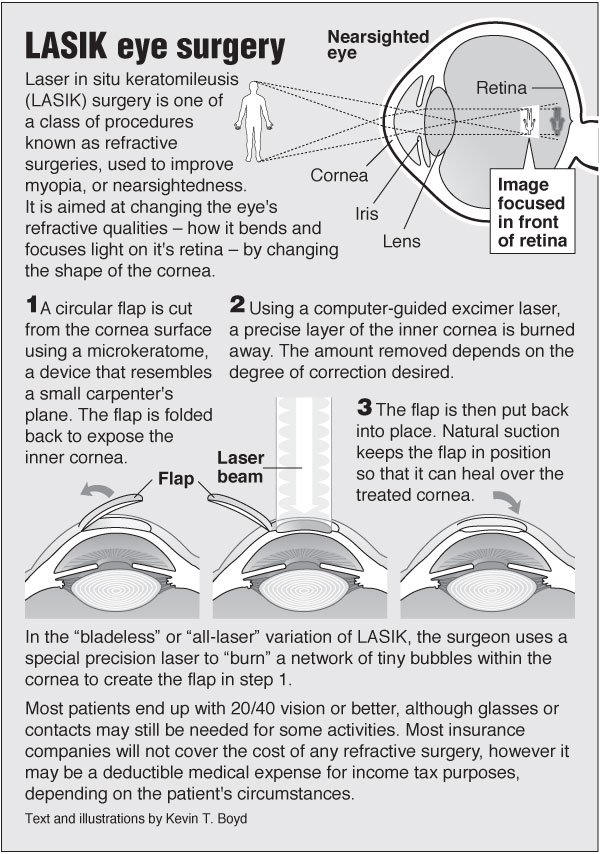If you're over 40 and struggling with vision problems like hyperopia or nearsightedness, Refractive Lens Exchange (RLE) may be worth taking into consideration. This treatment replaces your natural lens with a man-made one, potentially minimizing your dependancy on glasses. While the advantages are appealing, it's critical to comprehend the dangers and eligibility needs. What should you recognize before choosing that could transform your vision forever? Let's explore this topic even more.
Comprehending Refractive Lens Exchange
Understanding Refractive Lens Exchange (RLE) can be essential for those considering vision correction alternatives.
RLE is a surgical procedure that replaces your eye's natural lens with a fabricated intraocular lens. https://nv-doctor97542.bloggerchest.com/35502119/contrasting-moisturizing-gels-and-ointments-for-remedy-for-dry-eyes-throughout-the-night 's mainly aimed at correcting extreme refractive errors, such as hyperopia, myopia, or presbyopia.
Throughout the procedure, your surgeon will certainly eliminate your over cast or clear lens and replace it with a lens customized to your vision requires. This alternative is commonly thought about for individuals over 40 that might not be suitable prospects for LASIK.
By choosing RLE, you're not just enhancing your vision; you're also possibly minimizing your reliance on glasses or call lenses.
Recognizing exactly how RLE jobs will equip you to make informed decisions about your vision health.
Conveniences and Threats of RLE
Choosing RLE not just uses a possibility to improve your vision but additionally features its own set of advantages and risks.
One significant benefit is the capacity for more clear vision, decreasing or eliminating your dependancy on glasses or get in touch with lenses. You might also experience a more comprehensive range of vision, specifically if you opt for multifocal lenses.
Nevertheless, there are risks involved, such as infection, problems throughout surgery, or frustration with the results. Some clients experience visual disruptions like halos or glare.
It's important to consider these advantages and risks meticulously. Consulting with your eye care specialist can help you make an educated decision that straightens with your vision objectives and way of living.
Qualification Criteria for Refractive Lens Exchange
Before taking into consideration Refractive Lens Exchange (RLE), it's essential to establish if you satisfy the eligibility criteria. Usually, you're a good candidate if you're over 40 years old and have a stable prescription.
You need to also be experiencing refractive errors like nearsightedness, hyperopia, or presbyopia. It is necessary to have healthy and balanced eyes without any substantial diseases, such as cataracts or glaucoma.
Furthermore, you ought to be in good general health and not have any conditions that can affect healing, like uncontrolled diabetes mellitus. If you put on get in touch with lenses, you might require to stop using them for some time before your evaluation.
Consulting with an eye care professional will aid you recognize your details circumstance and whether RLE is right for you.
Final thought
In conclusion, refractive lens exchange can transform your vision and reduce your reliance on glasses or get in touches with. While it provides many advantages, it's critical to understand the risks and ensure you meet the eligibility criteria. Consulting with go to the website will assist you make an educated choice customized to your requirements. If you're taking into consideration RLE, put in the time to discover your alternatives and discuss any problems, leading the way for clearer, more lively eyesight.
